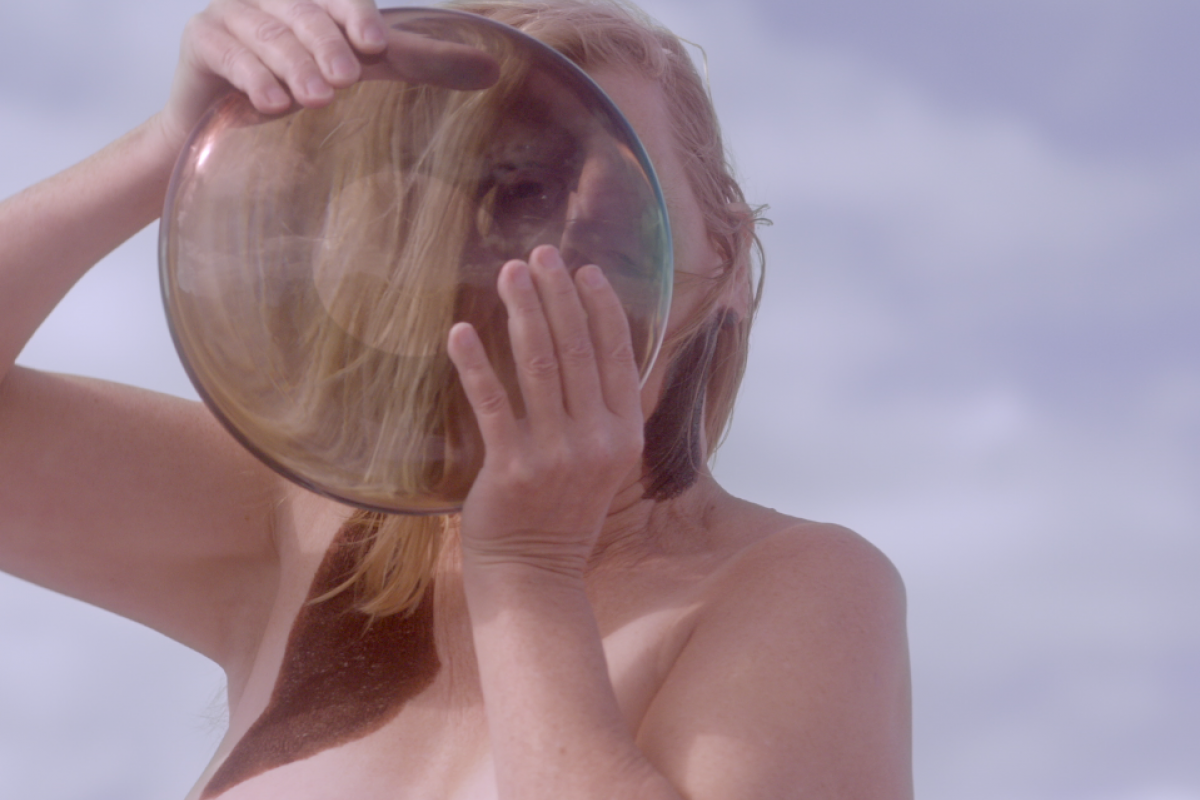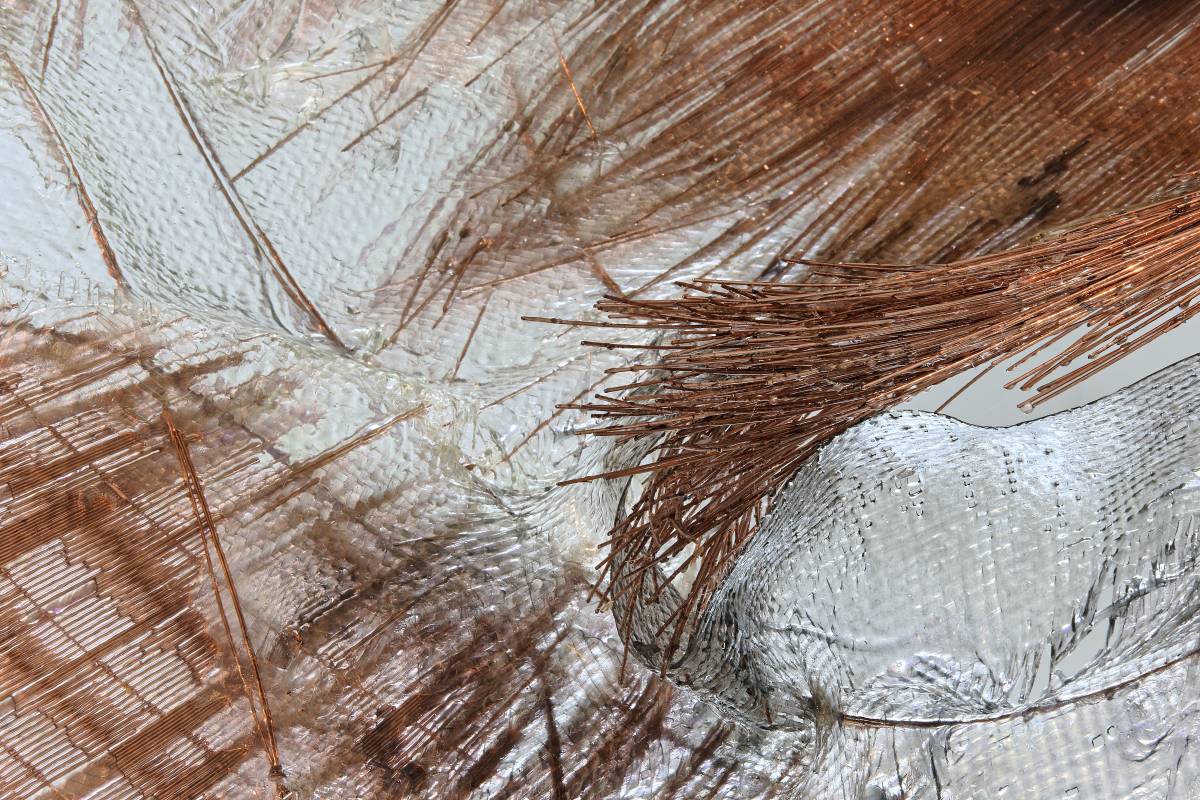Au sol camaïeux divers verts et marrons. Un rayon se pose. Mordoré. Rosy-Blue apparaît
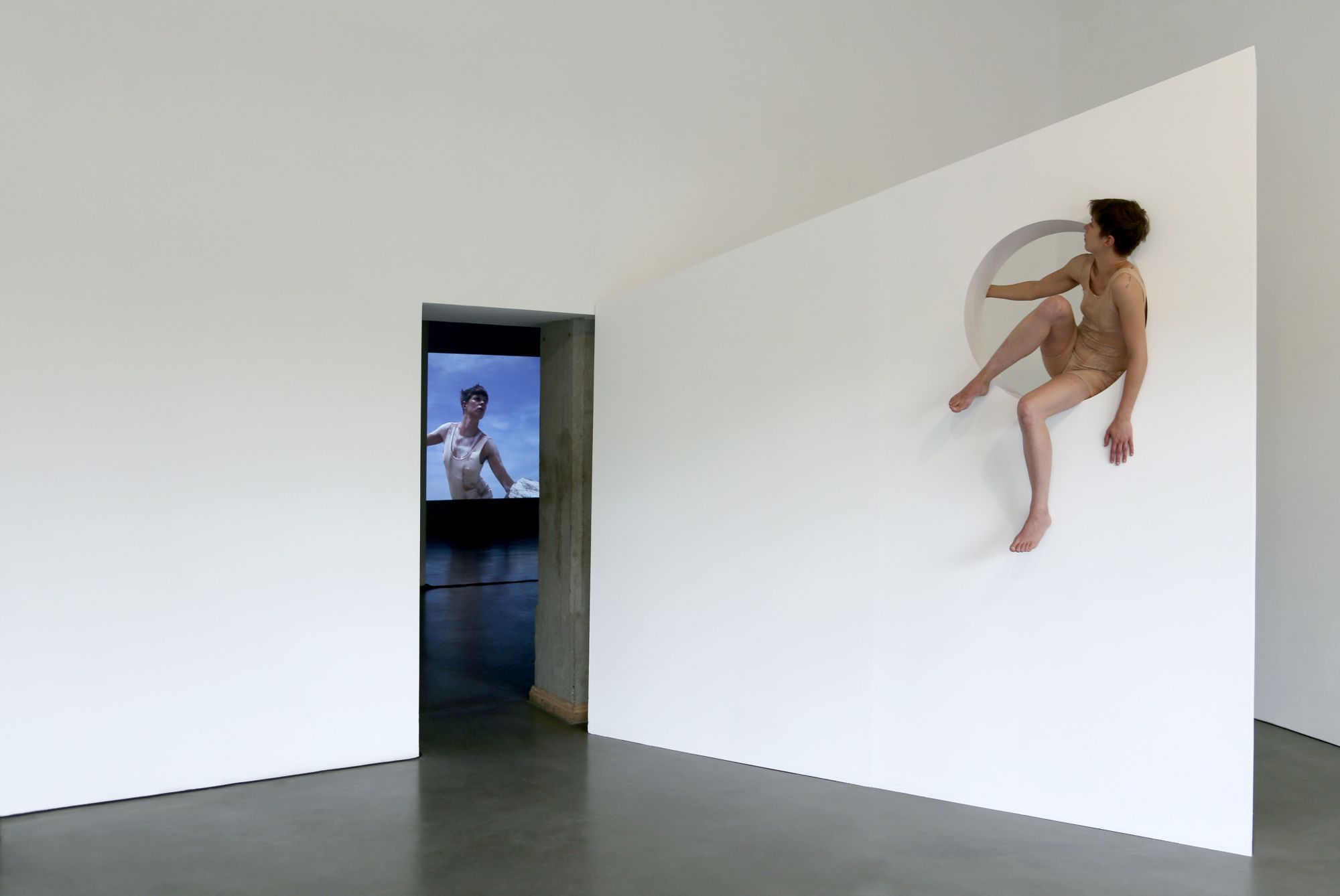
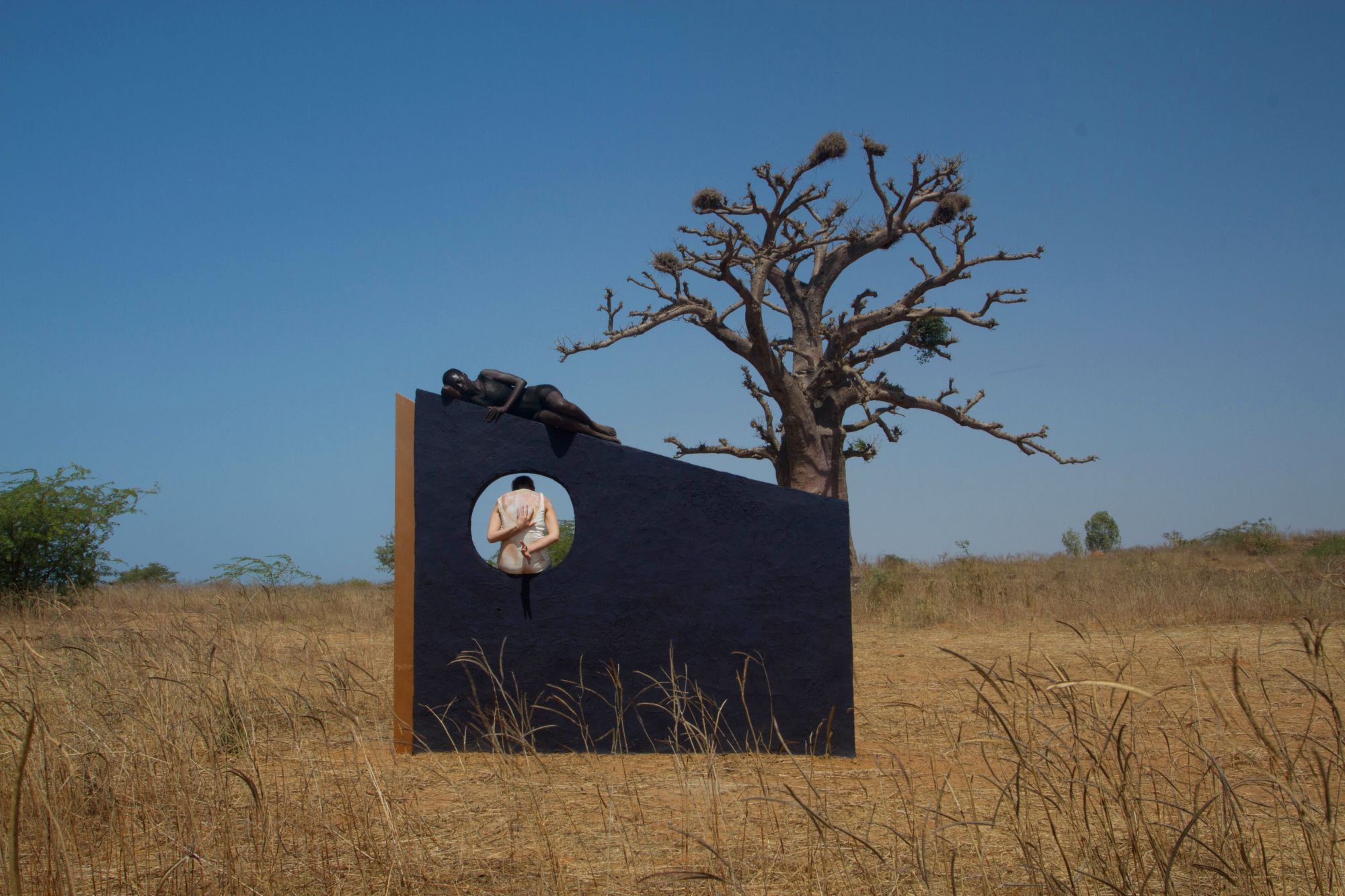
Au sol camaïeux, divers verts et marrons. Un rayon se pose. Mordoré. Rosy-Blue apparaît is part of an ongoing exploration in which sculptures are the foundation of a new relationship constructed around and with the body, where the sculptures are incarnate. The installation is composed of a film, a sculptural form, a performance, and a sound work. The footage was filmed in the area surrounding Dakar, Senegal. The first shots show a run-down inn, a meandering into a former brothel. When we leave the enclosed space two women and four sculptures perform a strange routine and the movements of water seem to be their language. Through the editing, the film works to produce a fiction that is not narrative but formal. The fiction is the encounter with otherness, with the other as it is embodied by culture, body, landscape, the vegetal, site, construction; where the animate no longer holds power over the inanimate, nor presence over absence, or human over natural elements. They collaborate. The bodies are not actors, the objects are not scenery, and the sea can be a character. A new form of relation exists. The codes of this fiction call on a network of references and images that retain part of their mystery and activate the spectator’s imaginary.
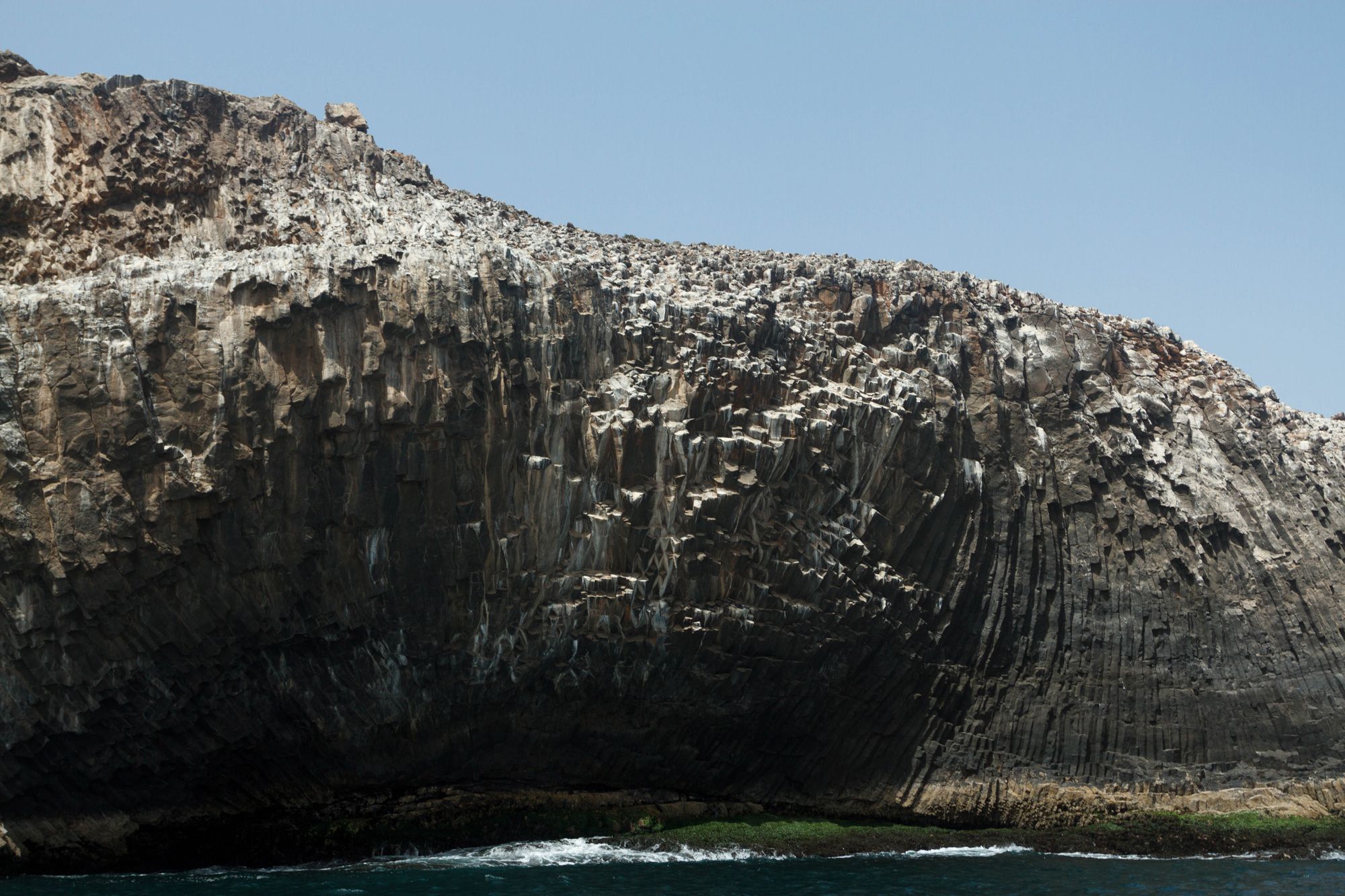
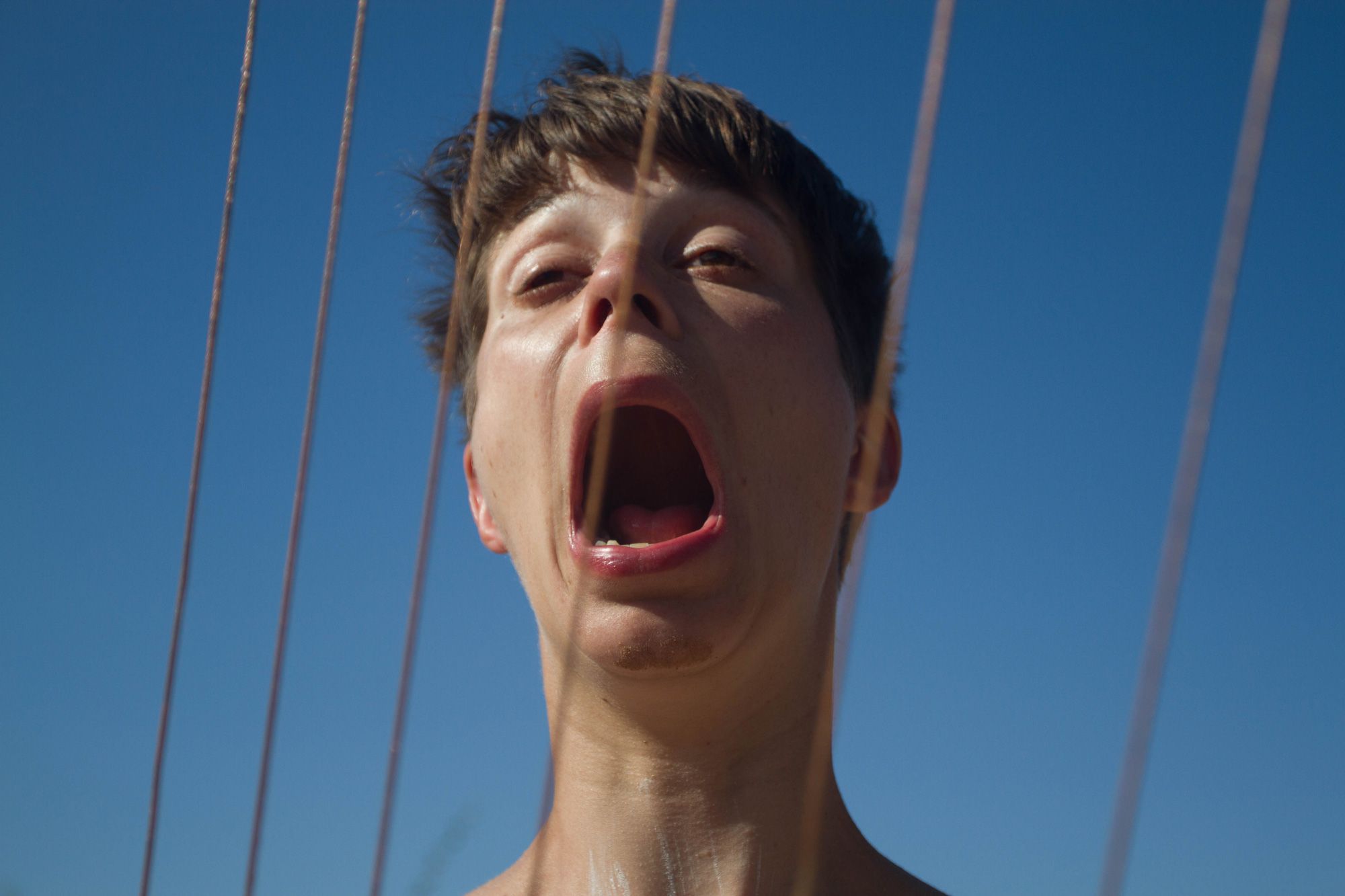
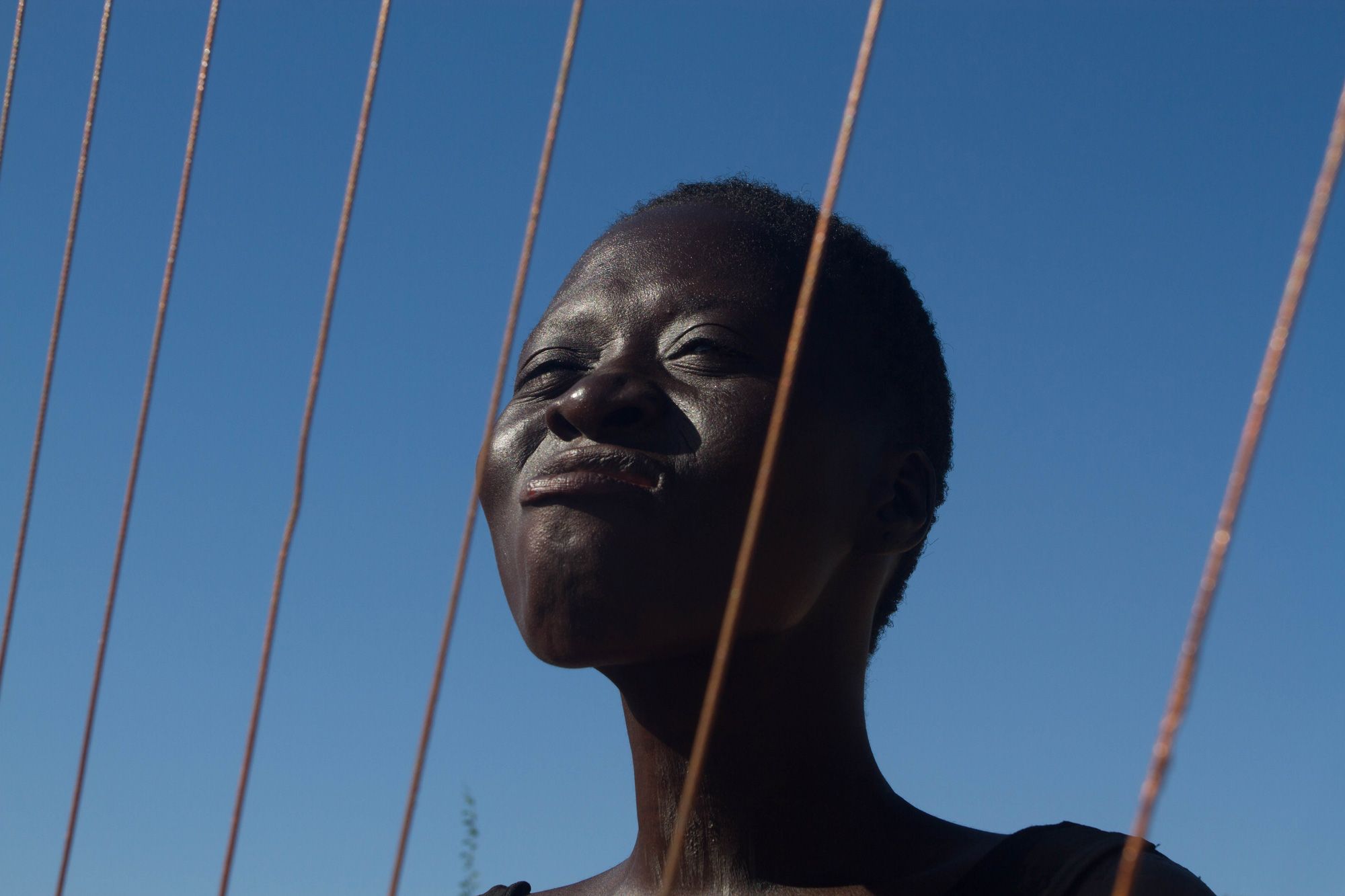
The installation proposes a liminal space, one that appeals to multiple senses. The sound is broadcast through the entirety of the exposition space and not only in the projection area. It does not directly accompany the images; it occupies the space and in so doing reveals it, gives it a new materiality. The sound places us in a specific state of perception. It constructs a path in which we re-encounter one of the forms present in the film. This form is an architectural outgrowth, a protuberance that takes on the characteristics of one of the filmed sculptures. Sometimes one of the dancers appears. Here, the sculptural form, the sound, and the performance play on the link between space and fiction (the film’s time) and the exhibition space (the present time, the spectator’s time). The spectator might wonder – if the effect is successful – in which space and time he is situated.
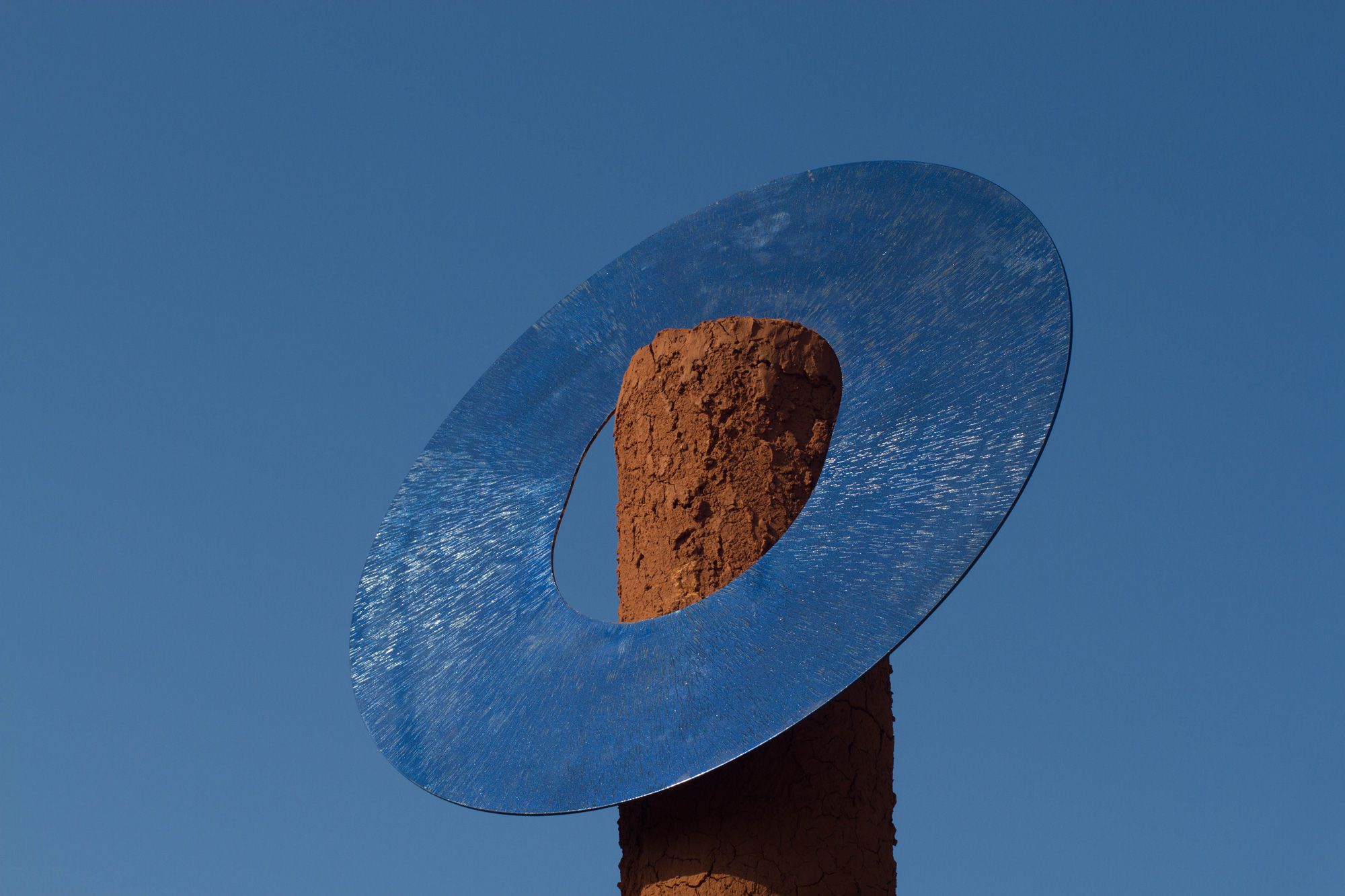
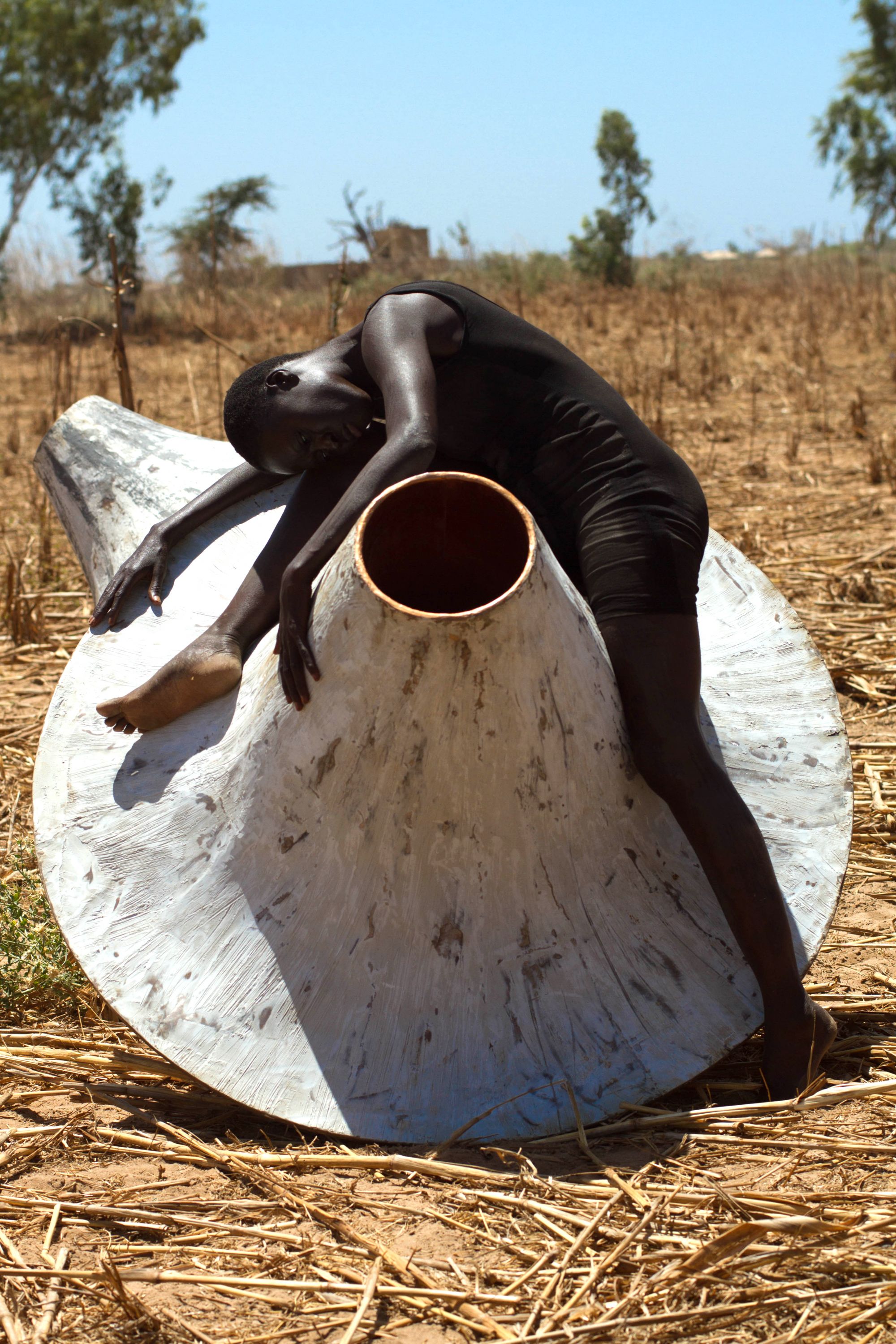
The project was originally conceived as a simultaneous projection in Senegal and in France, with the simultaneity acting as the project’s heart. It has now multiplied into several versions. At each new exposition, the installation changes.
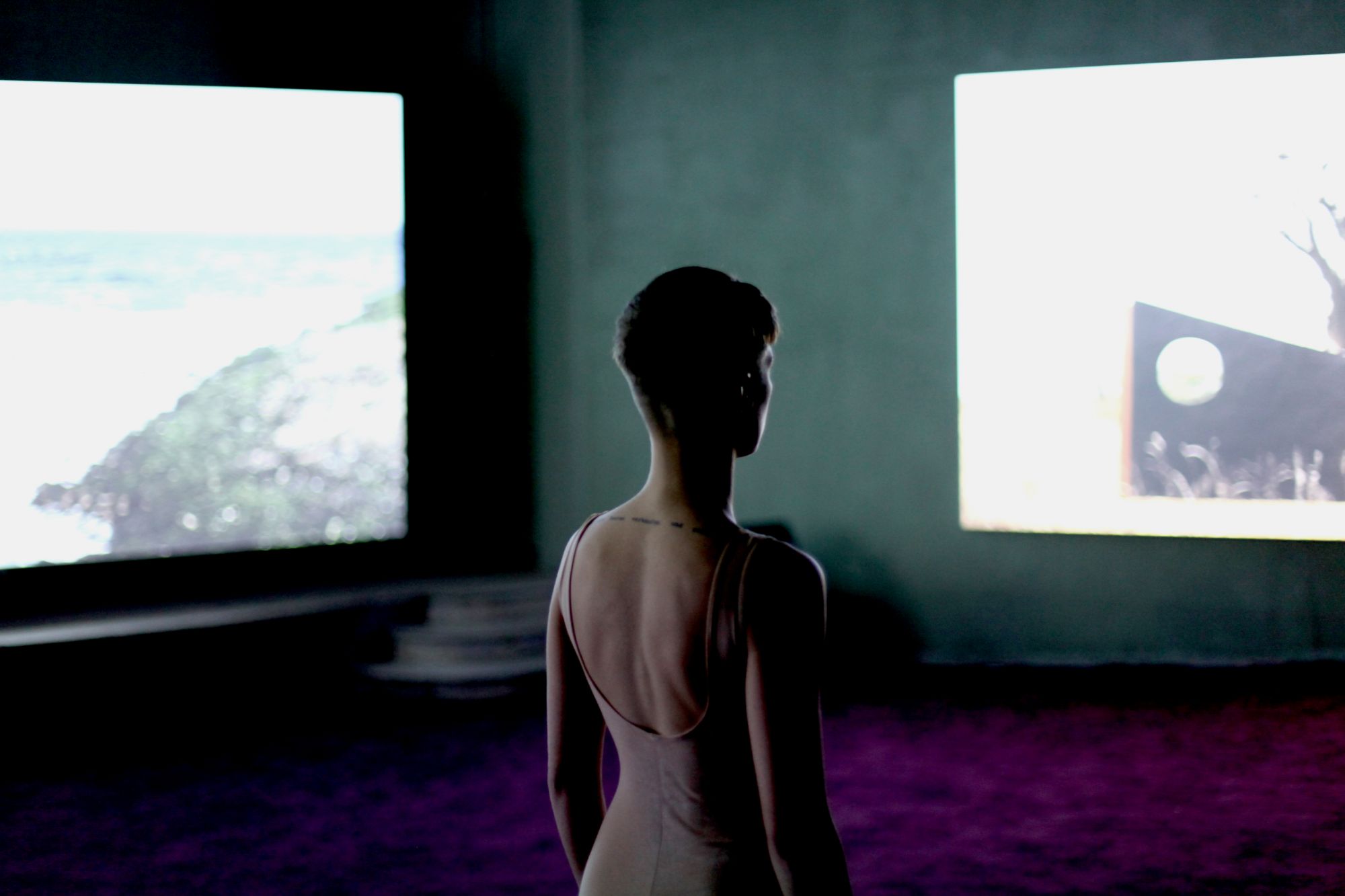
In collaboration with Amélie Giacomini
Movie, 17 min
This project is part of an ongoing exploration in which sculptures are the foundation of a new relationship constructed around and with the body, where the sculptures are incarnate. The installation is composed of a film, a sculptural form, a performance, and a sound work. The footage was filmed in the area surrounding Dakar, Senegal. The first shots show a run-down inn, a meandering into a former brothel. When we leave the enclosed space two women and four sculptures perform a strange routine and the movements of water seem to be their language.
The installation proposes a liminal space, one that appeals to multiple senses. The sound is broadcast through the entirety of the exposition space and not only in the projection area. It does not directly accompany the images; it occupies the space and in so doing reveals it, gives it a new materiality. The sound places us in a specific state of perception. It constructs a path in which we re-encounter one of the forms present in the film. This form is an architectural outgrowth, a protuberance that takes on the characteristics of one of the filmed sculptures. Sometimes one of the dancers appears.
The project was originally conceived as a simultaneous projection in Senegal (Biennale de Dakar) and in France (BF15, art space in Lyon), with the simultaneity acting as the project’s heart. It has now multiplied into several versions. At each new exposition, the installation changes.
Performance: Anna Gaïotti et Mbarou Ndiaye
Photography: Antoine Waterkeyn
Sound: Raffaele Grimaldi
Pictures of the exhibition: Perrine Lacroix
This project is supported by CNC/Dicréam, ADERA, Fondation Ars Ultima Stein & Guillot and l’Académie de France à Rome, Villa Médicis. It was rewarded by the price of the presidents, ENSBA Lyon.
